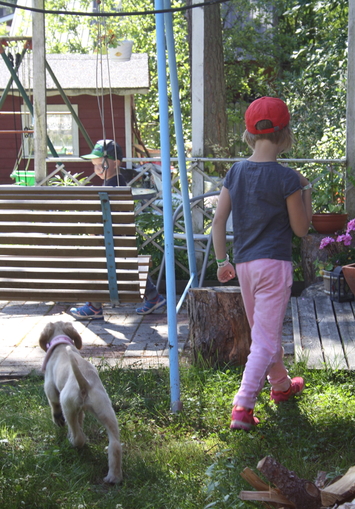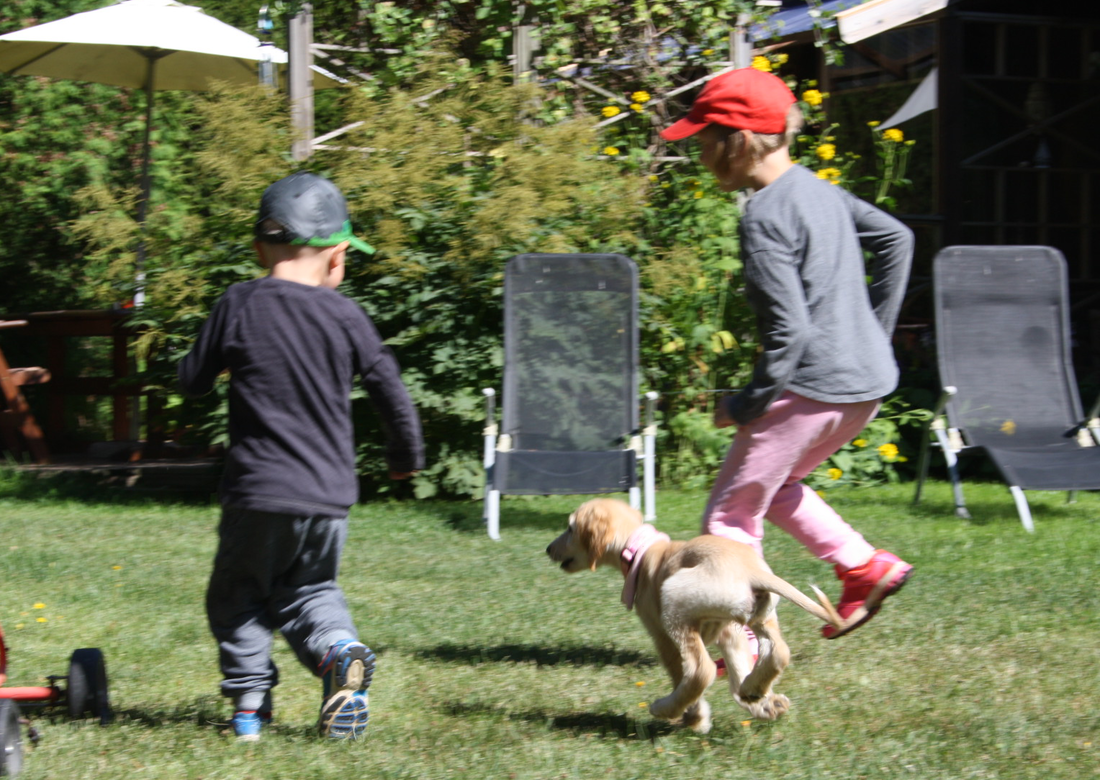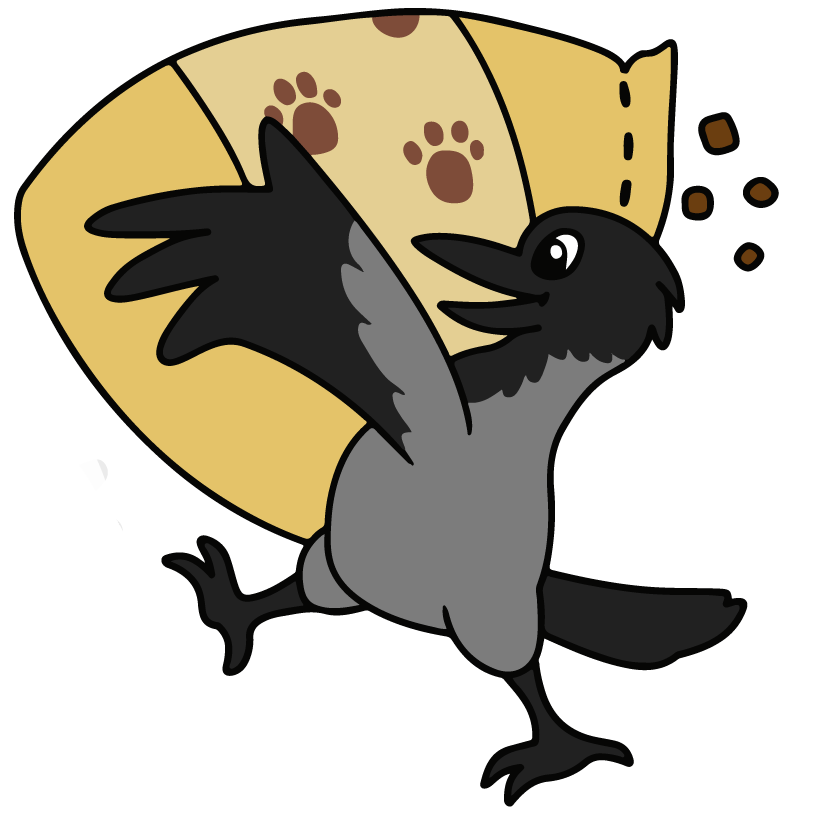Dogs have been reported to have a very positive impact on the general health of us humans. They make us get up and go out, exercise and work, and they offer us love and affection. Many professionals also agree that they have a good impact on those who have difficulties expressing themselves in social situations, trust issues or mental health patients. |
| For some reason it is a trend within young people these days to ”hate kids”. These young people take in dogs and may be heard stating their dog ”doesn't like kids because I don't xD She isn't used to kids.” That is a poor excuse. As poor as that of parents, who are fearful of dogs, raising their kids to fear dogs, too. As an owner you have certain responsibilities and one is making your dog understand these small, weird human looking creatures that may walk in all fours or make odd noises are not to be seen as a threat. It is not optional, it is a must in today's society, whether or not one likes or dislikes children. If you don't have kids in your family or your friends don't have kids, make sure to take your pup near playgrounds, schools and other places where you are allowed to go with dogs and you are most likely to meet children. Tell those children how to meet your puppy, and let your puppy experience them. |
Mr. Hyperactivity and Ms. Dominance love children and they are very eager to play with them, poke them, sniff them and lick them. Mrs. Aloofness could care less, Mr. Arthritis doesn't really prefer kids either. Both of the latter know how to take their own space when they get tired. Mr. Arthritis may sometimes forget that, since his is a nervous, stressed character, and in that case I as his owner have to tell him to leave, go somewhere to lay and calm down. Stress is a poor excuse that he would go around snapping at children. That is not to be tolerated and I need to make sure he is of no threat.
In return, if you are a parent, teach your children to leave strange dogs alone and respect dog's own space.
The most unnatural situation for dogs and kids alike is when the dog is tied for example in front of a shop, it is alone, and unfamiliar kids go to pet it. In this situation the dog, even the one that knows how to give space, doesn't have any means to escape. Things can escalate, and therefore teach your children to stay away from strange dogs and always ask permission to near them.
Also don't tie your dogs in front of shops alone.
Mistä on kyse?
Koko elämänsä koiria harrastaneen raakaruokintafriikin ajatuksia, pohdintoja ja elämää koiralauman kanssa.
Historia
June 2022
October 2021
September 2021
August 2021
July 2021
June 2021
May 2021
April 2021
March 2021
February 2021
January 2021
December 2020
August 2019
January 2019
November 2018
October 2018
September 2018
July 2018
June 2018
May 2018
April 2018
March 2018
February 2018
January 2018
December 2017
June 2017
August 2016
May 2016
February 2016
August 2015
Kategoriat
All
Development
Elekieli
Exercise
Feeding
Health
Koiranlukutaito
Koirarodut
Learning
Näyttelyt
Negative Reinforcement
Oppiminen
Positiivinen Vahvistaminen
Positiivisuus
Positive Reinforcement
Rodunomaisuus
Rodut
Shows
Training




